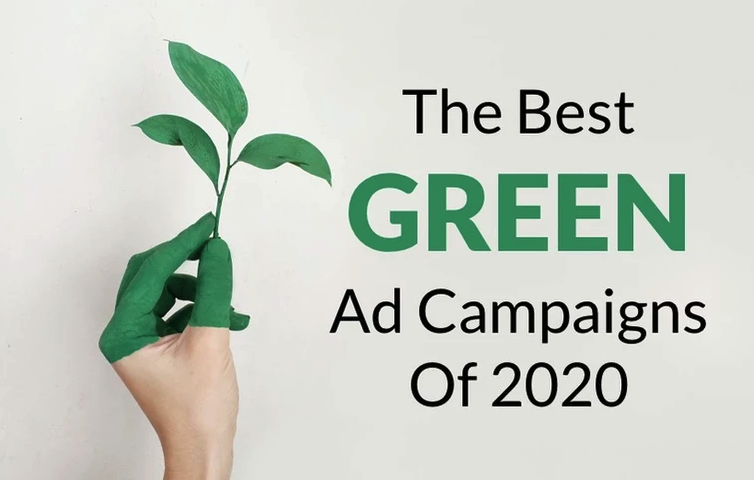
The Best “Green” Ad Campaigns of 2020
Which Brands Got Sustainability Right?
Happy St. Patrick’s Day, from the CDA team! As we celebrate the holiday virtually, we wanted to shine a light on our team’s favorite “green” ad campaigns from the past year; celebrating the brands that aligned with modern audience sentiment and effectively leveraged sustainability as part of their strategy.
So cheers to these campaigns we absolutely loved!
Chipotle “Can a Burrito Change the World?”
Jin Kim, Founder and CEO
I really liked Chipotle’s ad. It was refreshing to see a QSR brand step out of the big, bold, quick sale ad approach and take a strong story-telling approach to capture and appeal to their audience. They understood the audience and cultural trends to help tell a narrative that was relevant.
Ikea “Fortune Favors the Frugal”
Kevin Almeida | Managing Director
It can be a tricky proposition for quirky or comedic brands to leverage cause marketing without coming across as inauthentic or off-tone, but for the past few years Ikea has brilliantly threaded that needle in how it embraces sustainability as a core part of its messaging.
I like this spot not just for its energy and creativity, but for the way it clearly and persuasively marries the cause-marketing angle with the value proposition Ikea offers to consumers: frugality, minimalism, second-hand markets, and recycled materials.
Patagonia “Don’t Buy This Jacket”

Ahead of Christmas, Patagonia went against the “norm” of holiday shopping ads and ran a message that was intended to encourage people to buy less and consider the effect of consumerism on the environment. While most big brands are heavily messaging Christmas shopping during this time (promoting quantity over quality), Patagonia reinforced their brand message that customers should expect high-quality with their products and purchase only what they need, when they need it.
The ad reinforced Patagonia’s brand values and their strong sense of community with brand enthusiasts and potential new customers who are looking to purchase from brands that are taking a strong stance on environmental causes. The campaign was tied to Patagonia’s ‘The Common Threads Initiative’ which asks people to buy only what they need, repair what breaks, and re-use or recycle everything else.
Orchestra for the Earth
Anthony Charles, Marketing Manager, Social Media Services
The campaign was creative and different, using audio to stand out from the standard aesthetic that audiences typically think of as a “green” campaign. I especially love the way music is integrated into the story. This campaign raised awareness of young people’s desires to protect and work in the green economy, and using the arts to communicate and promote that message was smart in that it aligns with the target demo’s interests. The piece worked really well, receiving over 200+ pieces of coverage on Forbes, Yahoo!, and more.
Coors Seltzer “On A Mission to Save America’s Rivers”

It’s not a secret that seltzers have taken over the alcoholic beverage industry, so Coors turned this trend into a sustainability campaign. This year, when you drink a 12-pack of Coors Seltzer, 500 gallons of freshwater will be restored to America’s rivers. It’s a good example of brand/cause alignment, and enables the consumer to actively participate in the sustainability impact, rather than promoting a flat charitable giveaway from the brand — a tactic which provides the consumer with a sense of ownership of the cause.
Lacoste Endangered Species Limited-Edition Polo Shirt Line

Lacoste is iconic for its alligator logo, and by changing the core component of its brand to place the focus on other endangered species, it translates the prestige of the brand and draws attention to a bigger cause. Logos are a key way to identify a brand and so by making the bold change to redefine what the brand stands for, particularly in a clothing line that is often very clean and focuses on the logo, was an effective measure.
Kia “Hero’s Journey”
DeLayne Martin, Executive Admin
Kia took a comedic environmentalist approach in their 2017 Super Bowl spot, calling upon Melissa McCarthy to step in as an “eco-warrior” as she repeatedly attempts, but fails in hilarious fashion, to save whales, falling trees and melting ice caps. The Kia Niro hybrid crossover takes her from one environmental crisis to another while the voiceover claims, “It’s hard to be an eco-warrior, but it’s easy to drive like one.”